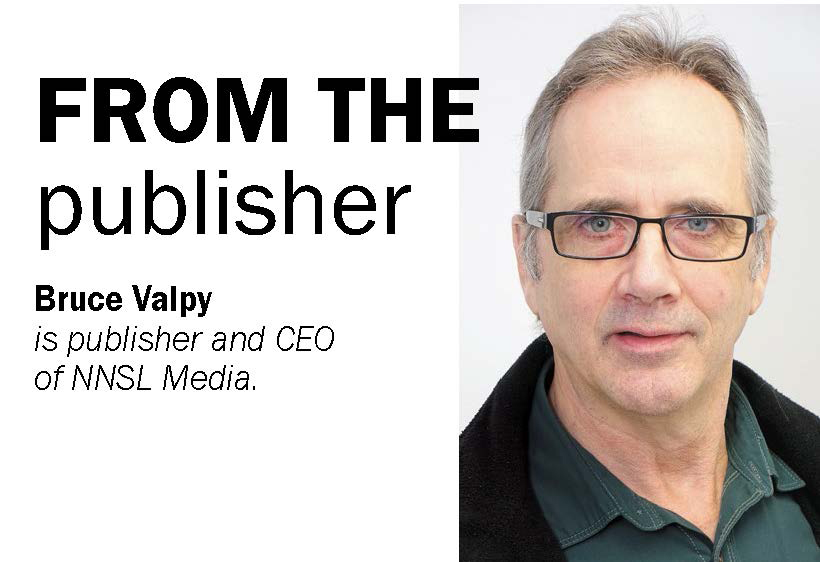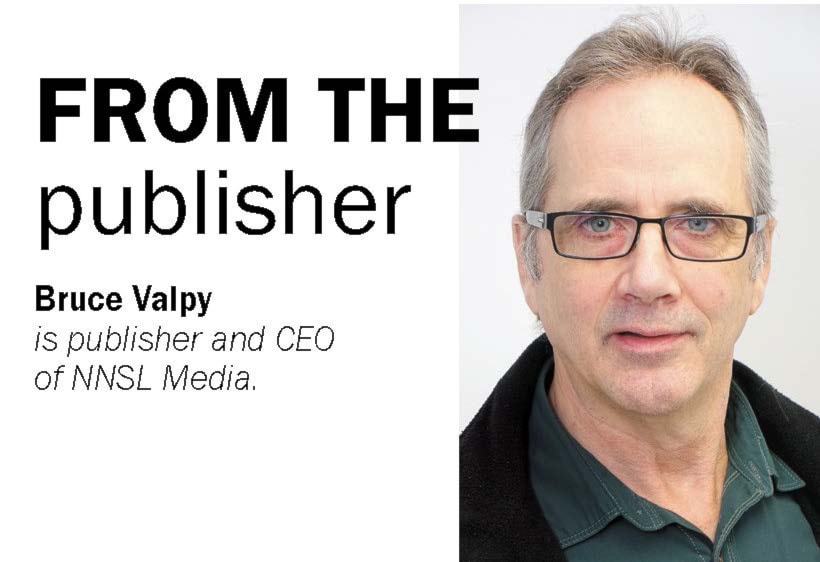"We've got to get rid of this P1."
Those words fell from the lips of an educated, employed, person from the south, a longtime Yellowknifer, as we like to say. It was their first comment in a casual conversation we had on the street about the fact the GNWT civil service, with the latest $2.2 billion budget, passed 6,000 in number.
"P1" is the government designation for Dene, Metis, Inuvialuit people in the North. Theoretically, being a P1 puts you ahead of a P2 (Resident Woman) and a P3 (Indigenous non-Aboriginal Persons or Resident Disabled Persons).

"What are you talking about?" I demanded of this person with some heat. They didn't know being a P1 means you are less likely to be employed in the GNWT or anywhere. Despite many success stories, being a P1 in the NWT means you are more likely to struggle in a school system based in a different culture, live in an overcrowded house, have a far lower income, more likely to be arrested and jailed and have more health problems.
That's what the numbers gathered by the governments show. This person wasn't thinking of that. They were thinking of a story they heard of a friend who didn't get that job in the GNWT because a P1 person got it unfairly. Chances are overwhelming that the coveted pensioned position went to someone already in the GNWT, or someone in the south with a degree and credentials, perhaps someone with personal and family connections. Suggesting too many jobs go to P1s is a cruel joke.
Indigenous employment?
Hitting the 6,000-strong milestone in the GNWT does raise the question: What are all the 20,000 non-Indigenous people in the North, (let's call them P4s) including me, doing here?
The mines don't need us here, they can fly in and fly out their people. We're not building much in the way of infrastructure for Canada, a few roads here and there, a bridge over the last 60 years.
I'm not suggesting we leave, nor is anyone else that I know of but we still should ask: "What's the point?"
Are we not here to help build the North with the Dene, Metis, Inuvialuit people? That's got to be the prime purpose of the GNWT, while those not working in government are here to support the ones who are. What's the result after so many decades?
We can boast of the high quality of health care we have built in the North for the Dene, Metis, Inuvialuit people. That's a plus. But we can't brag about the dismal education results for those same people, nor the shaky housing they live in compared to the non-Indigenous people, nor the deplorably high unemployment in the communities, nor the high percentage of the people behind bars and suffering from addictions and mental health afflictions.
Now MLAs, at the urging of Thebacha member Frieda Martselos, have asked for a review of GNWT policies on racial, cultural bias in hiring. Why review it? Who doubts it? Seventy-five percent of last year's hires were non-Indigenous, likely in higher-level jobs. Monfwi MLA Jackson Lafferty has already pointed out the broad education gap between Indigenous and non-Indigenous Northerners "stacks the deck" against Dene, Metis, Inuvialiuit people.
The hiring numbers prove it. The flawed education system and rigid degree requirements for jobs keep it that way. In the end, have we created anything other than a state-of-the-art perpetual poverty machine to feather our own nests?
Nothing will change until those same P1 and P2 MLAs who stood up so righteously calling for a review rather than real change start demanding better results from their thousands of P4 civil servants.
Otherwise, you might as well keep the motion in a cabinet drawer to pull out in the next assembly so MLAs can feel good all over again.
